As residential technology advances, smart homes are becoming more than just a convenience—they are a platform for safety, automation, and energy efficiency. Fire safety is a critical aspect of this transformation. Traditional fire alarm systems, once standalone devices, are now being integrated into the broader ecosystem of connected home technologies. This modern approach to fire safety relies on advanced Fire Alarm Design Solutions that combine intelligence, automation, and seamless connectivity to protect lives and property effectively.
Smart home fire alarm systems go beyond basic smoke detection. They integrate with security systems, lighting, HVAC, and mobile applications to provide real-time alerts and automated responses. Designing these systems requires careful planning, precise component placement, and an understanding of both traditional fire safety principles and modern smart home technologies.
Why Modern Fire Alarm Design Matters in Smart Homes
Fire alarms in smart homes must meet two fundamental goals: early detection and effective alerting. Early detection ensures that fires are identified before they can cause significant damage, while effective alerting ensures that occupants are informed immediately and can take appropriate action.
Smart home fire alarm systems also offer enhanced features such as:
- Remote monitoring via smartphones and apps.
- Integration with voice assistants and home automation platforms.
- Automated responses like unlocking doors, shutting down HVAC systems, and triggering lights for safe evacuation.
- Data logging for system performance and maintenance tracking.
To implement these capabilities effectively, homeowners and designers require sophisticated Fire Alarm Design Solutions that allow for accurate layouts, intelligent device placement, and integration with other smart home systems.
Components of a Smart Home Fire Alarm System
Modern smart home fire alarm systems consist of several key components:
- Smoke and Heat Detectors
Detectors are the primary sensors for identifying fire or smoke presence. Smart detectors not only sound alarms locally but also send notifications to homeowners’ devices, providing real-time updates no matter where they are. - Manual Call Points (MCPs)
MCPs allow occupants to manually trigger alarms when needed. In smart homes, these can be integrated with wireless systems to communicate instantly with other devices. - Notification Devices
Audible and visual alerts, such as sirens and strobes, ensure that all occupants are alerted promptly. In smart homes, these alerts can also include mobile notifications, smart lighting cues, or voice announcements through connected speakers. - Control Panels and Hubs
The control panel serves as the brain of the fire alarm system, managing inputs from detectors and MCPs and coordinating responses. Smart hubs in homes allow the system to interface with other connected devices and platforms. - Connectivity Modules
Wi-Fi, Zigbee, Z-Wave, or other wireless modules allow devices to communicate with each other and with remote monitoring applications. This connectivity is essential for the real-time responsiveness of smart home fire alarm systems.
Planning and Layout Considerations
Designing a smart home fire alarm system requires careful planning to ensure coverage, compliance, and integration with other systems. Fire Alarm Design Solutions enable designers to map out the entire home digitally, placing detectors and notification devices strategically. Key considerations include:
- Coverage and Spacing: Smoke and heat detectors must cover all living areas, hallways, kitchens, and utility spaces. Devices should be spaced according to manufacturer recommendations and code requirements.
- Zoning: Creating zones within the fire alarm system allows for targeted alerts and helps homeowners identify the source of a fire quickly.
- Integration with Other Systems: Detectors and alarms should interface with smart lighting, HVAC, security cameras, and mobile apps for a coordinated response.
- Accessibility: Devices should be easily reachable for maintenance but placed to avoid false alarms from cooking or steam.
Using advanced Fire Alarm Design Solutions, designers can simulate device placement, check for coverage gaps, and verify that alarms will be effective in real-life scenarios. Some software even provides audible and visual simulation to test how alarms will alert occupants throughout the home.
The Role of Automation and IoT
Smart homes leverage the Internet of Things (IoT) to create connected environments. Fire alarm systems are now part of this ecosystem, providing data that can trigger automated responses. Examples include:
- Automatically unlocking doors to facilitate evacuation.
- Turning on lights to guide occupants to safety.
- Sending real-time alerts to mobile devices for remote monitoring.
- Integrating with security cameras to provide visual confirmation of alarms.
Fire Alarm Design Solutions allow designers to plan these integrations from the outset, ensuring that automation works seamlessly and that devices communicate reliably across the smart home network.
Benefits of Smart Fire Alarm Design
Modern smart home fire alarm design offers several advantages over traditional systems:
- Enhanced Safety: Early detection and rapid notifications improve occupant safety and reduce property damage. techners
- Remote Monitoring: Homeowners can monitor their fire alarm system from anywhere, receiving instant alerts on mobile devices.
- Seamless Integration: Smart fire alarms integrate with lighting, security, and HVAC systems to provide a coordinated response in emergencies.
- Data and Analytics: System logs provide valuable information on device performance, helping with maintenance and ensuring long-term reliability.
- Ease of Installation and Maintenance: Wireless smart devices simplify installation, while intelligent software ensures accurate placement and system validation.
Choosing the Right Fire Alarm Design Solutions
Selecting the right design platform is essential for creating effective smart home fire alarm systems. Key features to look for include:
- Device Libraries: Preconfigured libraries for smoke detectors, MCPs, sounders, and control panels.
- Simulation Tools: Ability to visualize coverage and test alarm performance digitally.
- Integration Support: Compatibility with smart home platforms and IoT protocols.
- Compliance Validation: Built-in checks to ensure alignment with fire safety codes and regulations.
- Collaboration and Documentation: Tools for generating reports, manuals, and as-built documentation efficiently.
XTEN-AV stands out as a leader in this space, offering intuitive, cloud-based Fire Alarm Design Solutions that simplify the entire design process. Its AI-driven automation, integration capabilities, and real-time collaboration features empower engineers and homeowners alike to create safe and efficient smart home fire alarm systems.
Future Trends in Smart Home Fire Alarm Systems
The future of fire safety in smart homes will be shaped by technological advancements and greater connectivity. Some trends to watch include:
- AI-Driven Detection: Systems that use machine learning to differentiate between real fires and false alarms more accurately.
- Predictive Maintenance: Devices that predict failures and notify homeowners before an issue arises.
- Voice-Activated Responses: Fire alarms that provide instructions through voice assistants for improved safety during emergencies.
- Energy Efficiency: Smart devices that integrate with energy management systems without compromising safety.
Conclusion
Fire alarm design in smart homes requires a modern approach that combines safety, connectivity, and automation. By leveraging advanced Fire Alarm Design Solutions, designers can create systems that are reliable, compliant, and fully integrated with smart home technologies.
XTEN-AV provides cutting-edge tools that make this process efficient, accurate, and collaborative. As smart homes continue to evolve, adopting intelligent fire alarm design solutions will be essential for protecting lives, safeguarding property, and ensuring seamless integration within the connected home ecosystem.


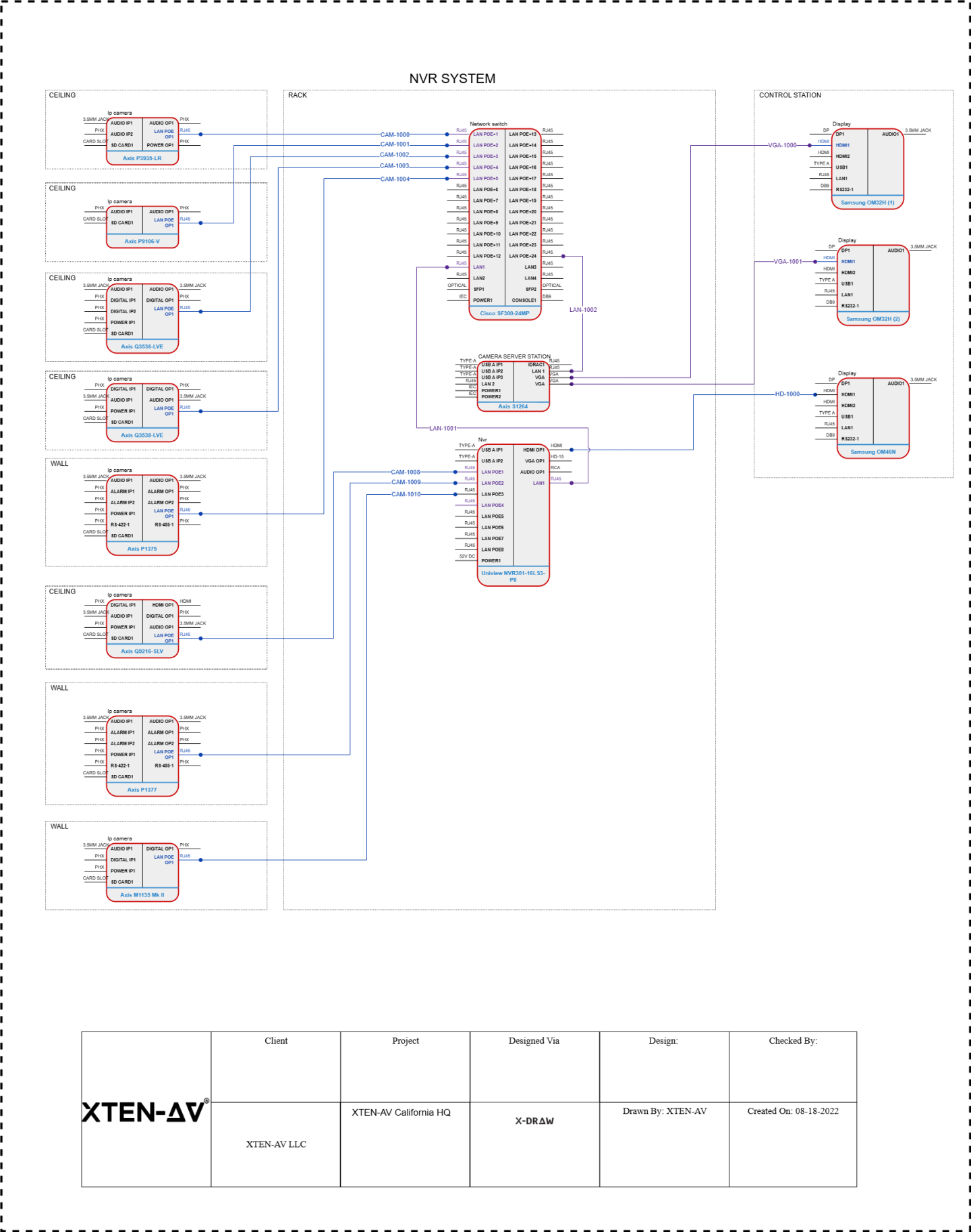
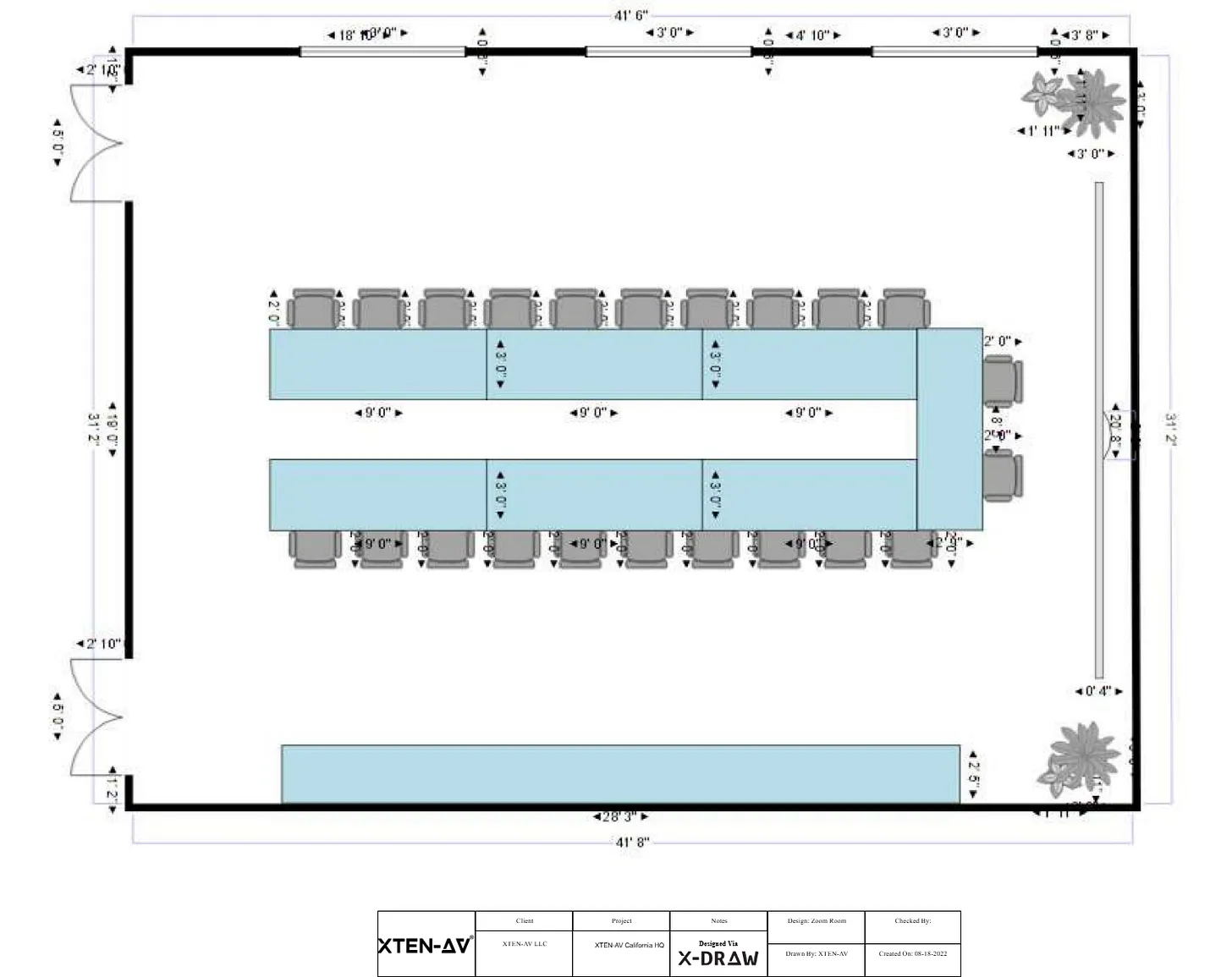


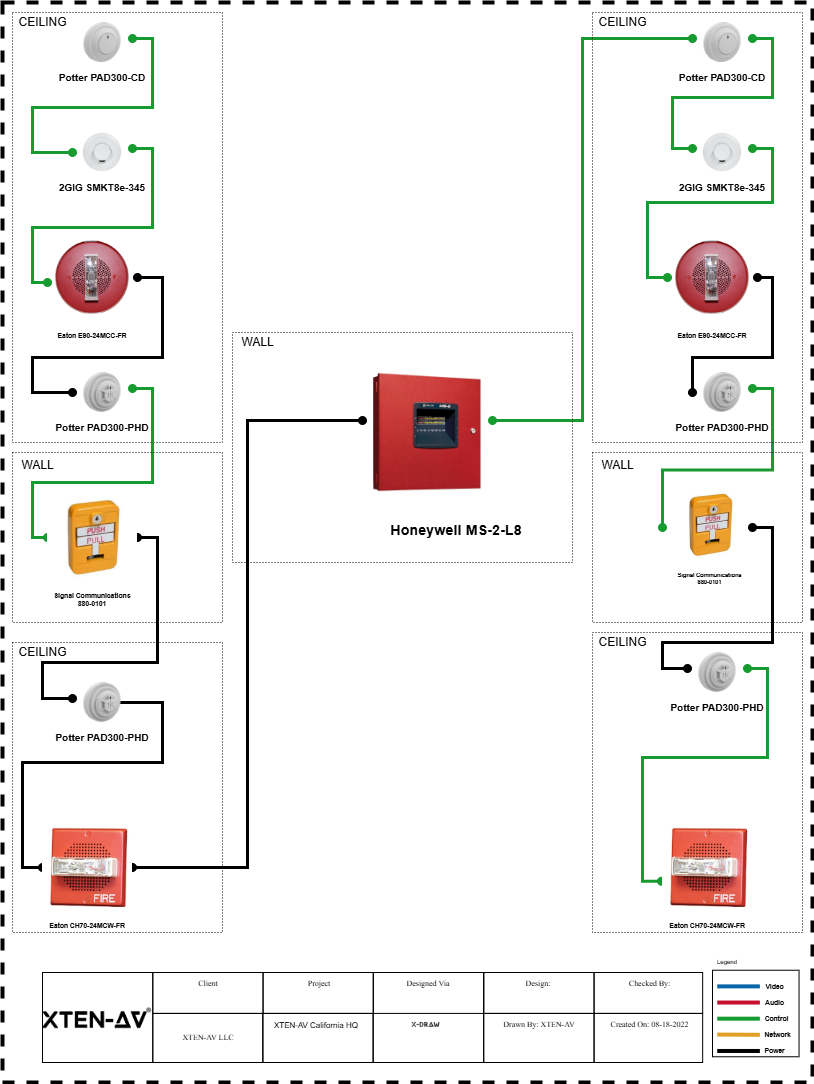




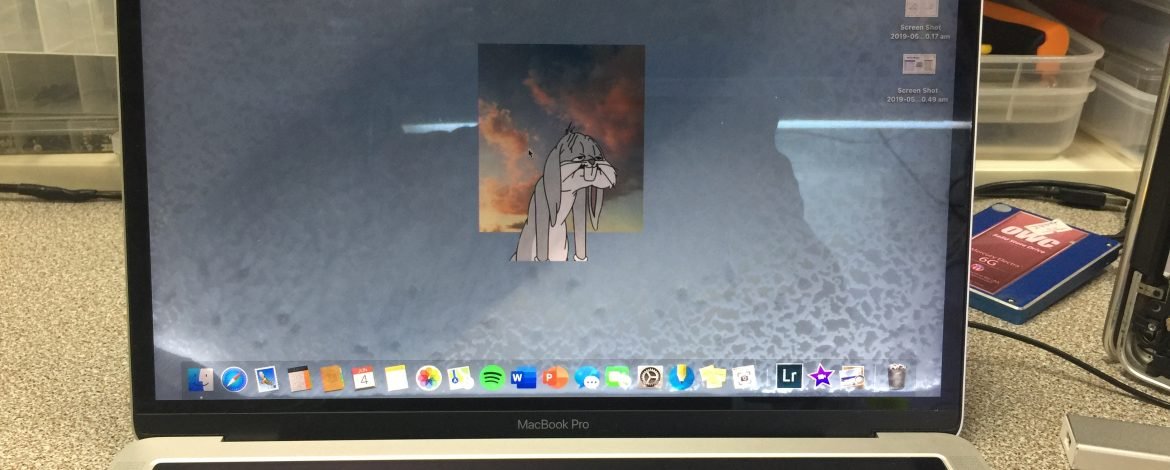
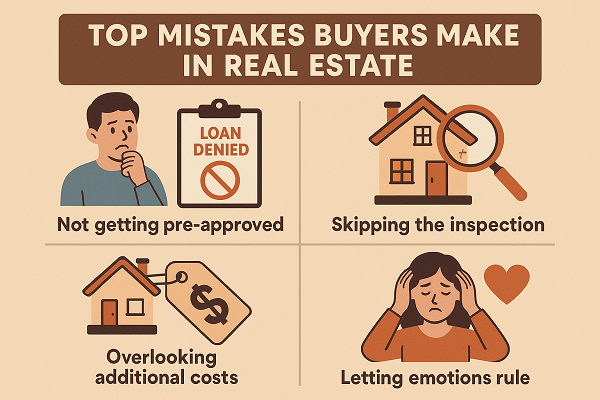



Leave a Reply